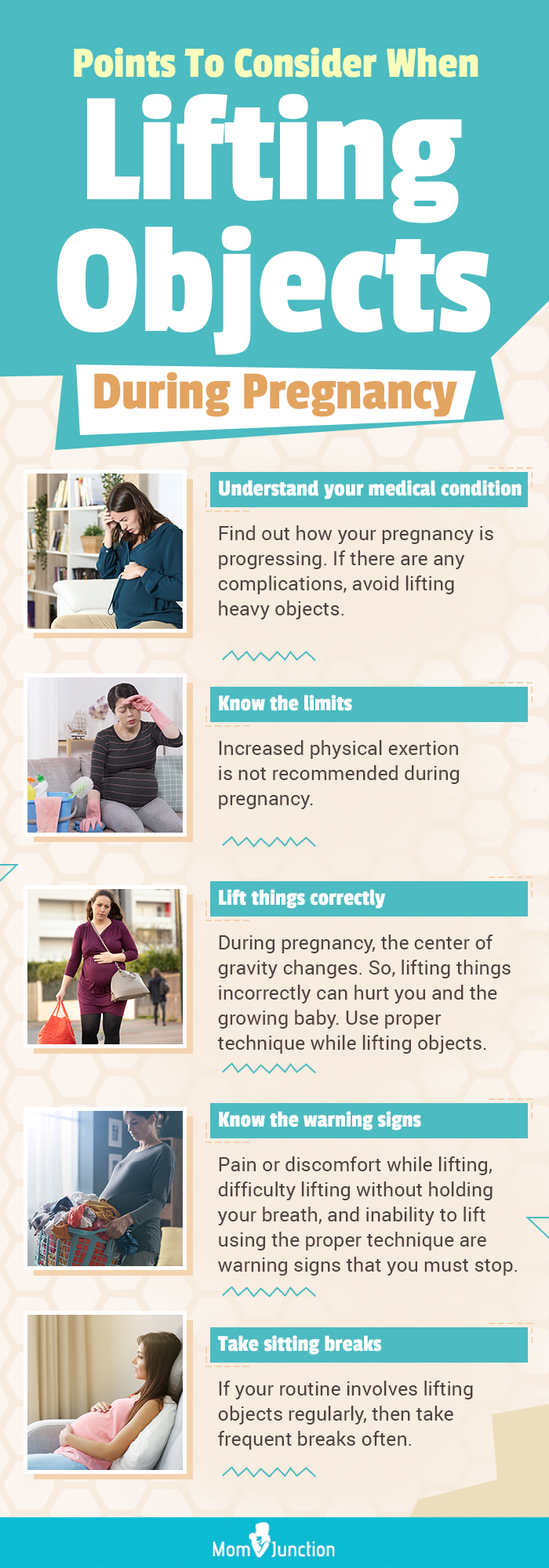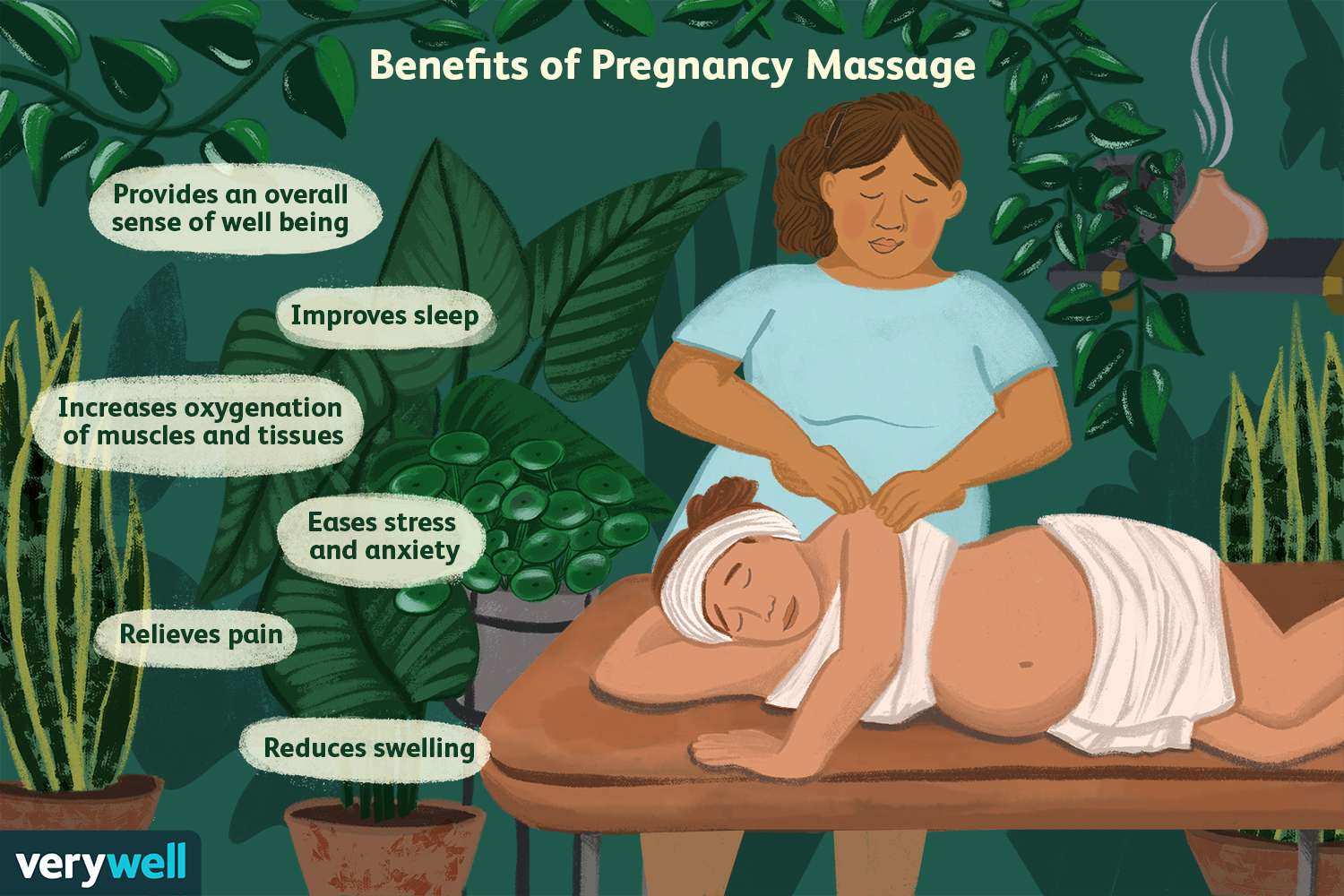Massage should be avoided during the first trimester of pregnancy. It is best to consult a healthcare professional before getting a massage while pregnant to ensure safety for both the mother and the baby.
Pregnancy is a beautiful yet challenging time for many women, and it often comes with various discomforts such as back pain, muscle tension, and stress. While massage therapy can offer relief and relaxation, there are crucial considerations for pregnant women.
Understanding when to avoid massage during pregnancy is essential for the well-being of both the expectant mother and the baby. Let’s explore the precautions and circumstances in which massage should be avoided during pregnancy to ensure a safe and comfortable experience for expectant mothers.

Credit: www.momjunction.com
1. Safety First: When To Avoid Massage During Pregnancy
When it comes to pregnancy, the safety and well-being of the mother and baby are top priorities. While massage therapy can offer numerous benefits during pregnancy, there are situations when it should be avoided. Understanding when to avoid massage during pregnancy is crucial for ensuring a healthy and risk-free experience.
1.1 High-risk Pregnancies
High-risk pregnancies, including conditions such as preeclampsia, gestational diabetes, or a history of premature labor, require special precautions. In these cases, it is important to consult with a healthcare provider before considering massage therapy. A professional massage therapist will need detailed information about the pregnancy to ensure safety.
1.2 Uncontrolled Or Severe Medical Conditions
Uncontrolled or severe medical conditions, such as high blood pressure, heart disease, or diabetes, may pose risks during pregnancy and could impact the safety of receiving a massage. A thorough assessment by a healthcare provider is essential to determine whether massage therapy is suitable in these circumstances.
1.3 First Trimester
The first trimester of pregnancy is a critical period of development for the fetus. While gentle massage is generally considered safe during this time, it is important to seek approval from a healthcare provider beforehand. Certain pressure points and techniques should be avoided to prevent any potential impact on the pregnancy.
2. Specific Areas To Avoid During Pregnancy Massage
During pregnancy, it’s crucial to be mindful of specific areas to avoid during a massage. While prenatal massage can offer various benefits, including reduced stress and muscle tension relief, it’s essential to take certain precautions to ensure the safety and well-being of both the mother and the baby.
2.1 Abdomen
When pregnant, avoid massage directly on the abdomen as it can cause discomfort and may potentially trigger contractions. Applying pressure to this area can lead to unnecessary stress on the mother and the developing fetus.
2.2 Feet And Ankles
Avoid massaging the feet and ankles, especially the pressure points related to inducing labor. Certain reflexology points in the feet and ankles are linked to the reproductive system, and stimulating them could potentially lead to premature contractions. Additionally, swelling in these areas is common during pregnancy, and intensive massage might exacerbate this condition.
2.3 Back And Spine
When receiving a massage during pregnancy, it’s essential to avoid excessive pressure on the back and spine. While gentle massage can provide relief from back pain, deep tissue or intense pressure should be avoided. The spine should be supported and not manipulated in any way that may cause discomfort or potential harm to the mother or baby.
3. The Importance Of Proper Prenatal Massage Techniques
Proper prenatal massage techniques are crucial during pregnancy for the health and well-being of both the mother and baby. However, it is important to know when to avoid massage during pregnancy to ensure the safety of the mother and the baby.
During pregnancy, proper prenatal massage techniques are of utmost importance to ensure the safety and well-being of both the mother and the baby. Certified Prenatal Massage Therapists, the Side-Lying Position, and Gentler Pressure are key elements that contribute to a safe and effective prenatal massage experience. Let’s delve into each of these techniques and understand their significance in more detail.3.1 Certified Prenatal Massage Therapists
When it comes to prenatal massage, it is essential to seek the assistance of a Certified Prenatal Massage Therapist. These therapists have undergone specialized training to understand the unique needs and concerns of pregnant women. They have the knowledge and expertise to modify massage techniques to suit the specific requirements of each trimester. By choosing a certified therapist, you can have peace of mind knowing that your massage will be carried out safely and professionally.3.2 Side-lying Position
One of the fundamental aspects of prenatal massage is the use of the Side-Lying Position. This position allows the expecting mother to comfortably lie on her side with pillows and cushions for support. Adopting this position not only ensures the mother’s comfort but also promotes proper blood circulation, reduces strain on the uterus, and prevents any possible harm to the baby. The Side-Lying Position is crucial for maintaining the safety and well-being of both the mother and the baby throughout the massage session.3.3 Gentler Pressure
When it comes to prenatal massage, gentler pressure is key. Pregnant women are more sensitive to touch, especially around their abdomen and lower back. Therefore, it is crucial for massage therapists to use gentler pressure during the session. This not only prevents any discomfort or potential harm but also allows for a soothing and relaxing experience. By using gentler pressure, the therapist can effectively target specific areas of discomfort while ensuring the safety and well-being of the mother and the baby. In conclusion, proper prenatal massage techniques are of utmost importance during pregnancy. Choosing a Certified Prenatal Massage Therapist, adopting the Side-Lying Position, and using gentler pressure all contribute to a safe and beneficial prenatal massage experience. By prioritizing these techniques, expecting mothers can enjoy the many benefits of prenatal massage while ensuring the safety and well-being of themselves and their precious little ones.
Credit: www.tmclife.net
4. Potential Risks And Side Effects Of Massage During Pregnancy
During pregnancy, it’s essential to be cautious about receiving massages, especially in specific situations. If you have certain health conditions or experience complications such as high-risk pregnancy, preeclampsia, or preterm labor, it’s advisable to avoid massage therapy to mitigate potential risks and side effects.
Always consult with your healthcare provider before considering any form of massage during pregnancy to ensure the safety of both you and your baby.
Massage during pregnancy can have potential risks and side effects that should be taken into consideration for the safety of both the mother and the baby. It is important to be aware of these factors to make informed decisions when seeking massage therapy during pregnancy.4.1 Preterm Labor
Massages that involve certain pressure points and techniques may stimulate uterine contractions, potentially leading to preterm labor.4.2 Blood Clotting Disorders
Pregnant women with blood clotting disorders should avoid deep tissue massages as they can increase the risk of blood clots.4.3 Allergic Reactions
There is a possibility of allergic reactions to the oils or lotions used during the massage session, which could be harmful to the mother and the baby. Massage therapists should be informed about the pregnancy and any related health conditions to ensure a safe and beneficial experience. It’s always recommended to consult with a healthcare provider before scheduling a prenatal massage to minimize potential risks. Remember, the safety and well-being of the mother and the baby should always come first.5. Alternative Therapies For Pregnant Women
Pregnant women should avoid getting a massage during their first trimester, especially if they have a high-risk pregnancy. It’s advisable to consult with a healthcare professional before considering any alternative therapies during pregnancy. Always prioritize the safety of both the mother and the baby.
When massage is to be avoided during pregnancy, there are alternative therapies that can provide relief and relaxation for expectant mothers. These alternative therapies are safe and beneficial during pregnancy, helping to alleviate various pregnancy-related discomforts.5.1 Acupuncture
Acupuncture is a gentle and effective alternative therapy for pregnant women. It involves the insertion of thin needles into specific points on the body to help relieve various pregnancy symptoms like nausea, back pain, and fatigue.5.2 Chiropractic Care
Chiropractic care can help pregnant women manage back pain, sciatica, and pelvic pain. Chiropractors use gentle and safe techniques to align the spine and pelvis, promoting overall wellness during pregnancy.5.3 Yoga And Stretching
Yoga and stretching are excellent ways for pregnant women to stay active, improve flexibility, and reduce stress. Prenatal yoga classes focus on poses and breathing techniques that are safe for expectant mothers, providing both physical and mental benefits. Alternative therapies such as acupuncture, chiropractic care, and yoga offer pregnant women safe and effective ways to manage pregnancy discomforts and promote overall well-being.
Credit: m.facebook.com
Frequently Asked Questions On When Should Massage Be Avoided During Pregnancy
Where Should You Not Massage When Pregnant?
Avoid massaging the abdomen, lower back, and ankles during pregnancy. Also, steer clear of pressure points that could stimulate contractions. Instead, focus on areas like the shoulders, neck, and feet for relaxation and stress relief. Always consult with a professional prenatal massage therapist for customized guidance.
Why Can’t You Have A Massage Before 12 Weeks Pregnant?
It is not recommended to have a massage before 12 weeks pregnant due to potential risks.
How Late In Pregnancy Can You Get A Massage?
Massage can be safe throughout pregnancy, but consult your healthcare provider before scheduling. Avoid deep tissue or pressure points in the last trimester.
What Week Should I Stop Prenatal Massage?
It is generally recommended to stop prenatal massage around the 36th week of pregnancy.
Conclusion
It is important to consult with a healthcare professional before receiving a massage during pregnancy. Understanding the potential risks and benefits is key to making an informed decision. While massage can be beneficial for relieving pregnancy discomfort and promoting relaxation, certain conditions such as high-risk pregnancies, preeclampsia, or previous pregnancy complications may warrant avoiding massage.
Always prioritize the health and safety of both the mother and the baby.



